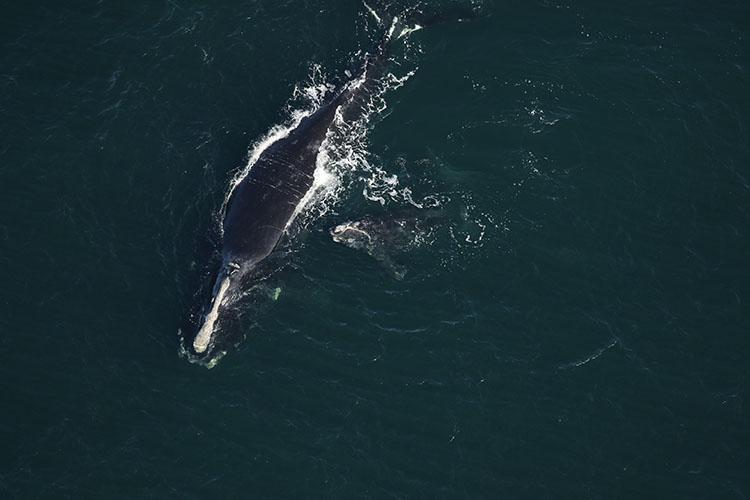Vessels are exceeding speed limits in protected areas, says Oceana

Most vessels are exceeding speed limits in areas designed to protect critically endangered North Atlantic Right whales, of which only around 360 remain, says Oceana in its latest report.
Oceana, which strives to protect and restore the oceans, analysed vessel speeds from 2017 to 2020 in speed zones established by the National Oceanic and Atmospheric Administration (NOAA) along the U.S. Atlantic coast. It says that non-compliance was as high as almost 90% in mandatory speed zones, and non-cooperation was as high as almost 85% in voluntary areas.
“Vessels are speeding, North Atlantic Right whales are dying, and there’s not enough accountability,” says Whitney Webber, campaign director at Oceana. “Oceana’s analysis shows that speeding vessels are rampant throughout North Atlantic Right whales’ migration route, all along the East Coast, and in both mandatory and voluntary speed zones.
“North Atlantic Right whales are dying from vessel strikes and NOAA must take action to prevent this. Killing even one is a problem, as scientists estimate that even a single human-caused North Atlantic Right whale death a year threatens the species’ chances of recovery. If NOAA is serious about its mandate to save North Atlantic Right whales from extinction, speed zones must be designated in the areas where whales currently are, and they must be enforced.”
Collisions with vessels are one of two leading causes of injury and death for North Atlantic Right whales. Studies have found that slowing vessel speeds to 10 knots reduces a North Atlantic Right whale’s risk of death from vessel strikes by between 80% to 90%. Vessels of all sizes can cause fatal injuries to North Atlantic Right whales. A calf died earlier this year from propeller wounds, broken ribs, and a fractured skull from a collision with a 54-foot recreational fishing vessel.










